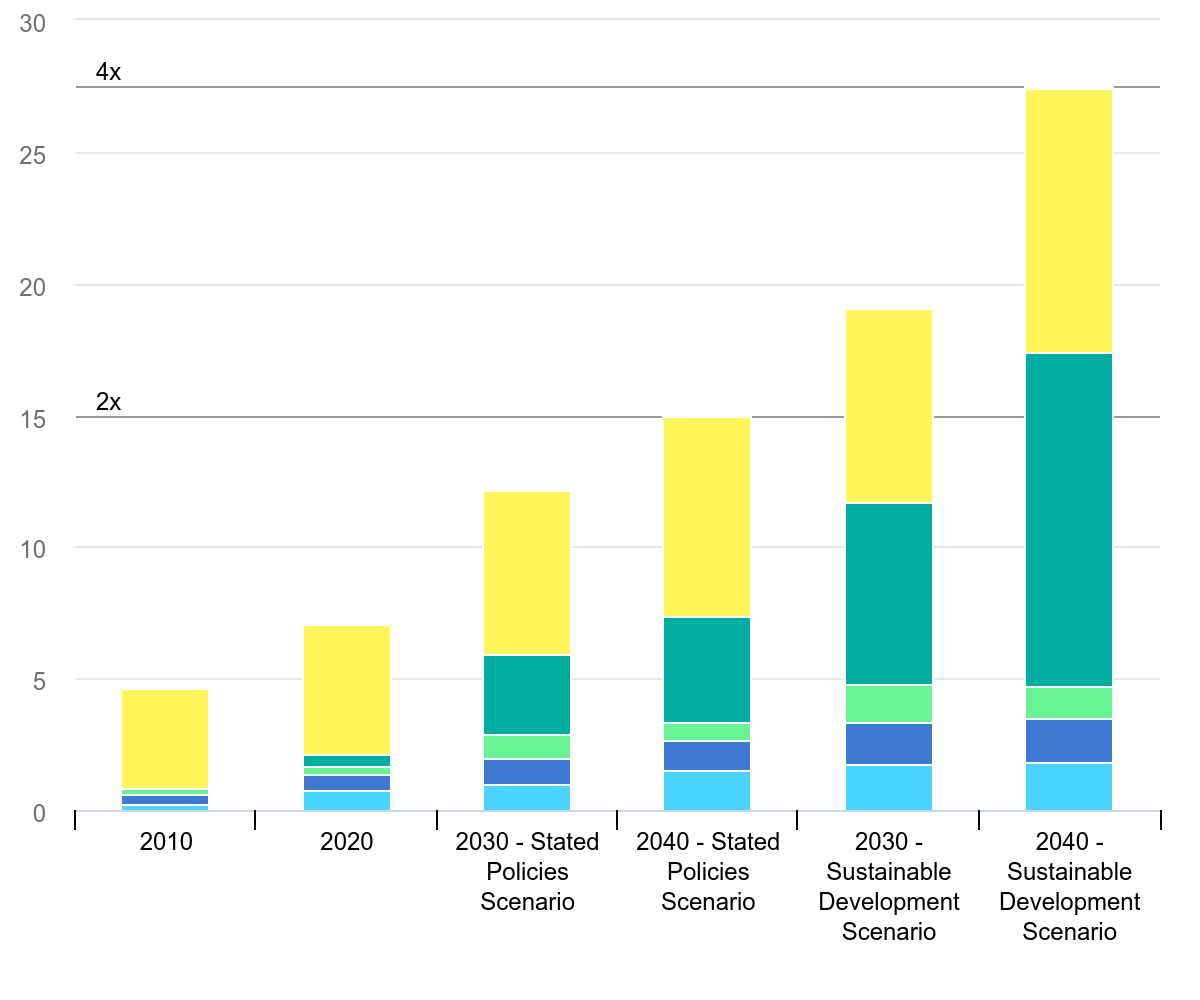
The inspection devices are digital, an Asset Integrity Management (AIM) is in use – and still the digitalization in everyday life falls short of expectations? This usually has nothing to do with the components available so far, but rather with what is still missing: the link that fills all digital gaps in the inspection process and brings the two worlds together. A PACS, as the management system is called, ensures that inspection processes run smoothly. In this interview, Jens Martin, technical director at DIMATE, talks about his practical experience and why the potential for digitization is not yet being fully realized.
In terms of digitalization, a lot has happened in NDT in recent years: imaging is often already digital and AIM software is also in use. What exactly is the problem?
Jens Martin: That’s true: The information about inspection points and intervals is often available digitally, for example in the ERP or AIM system. Many inspection devices provide digital images. Nevertheless, Excel lists are still generated, sent, printed out, transferred by hand and saved. Inspection images and reports are copied onto USB sticks or sent by e-mail. For the realization of a completely digital inspection process that automatically sends inspection orders, images and results to where they belong, something is still missing: namely the PACS.
So, what is the PACS and what can it do?
Jens Martin: The PACS closes the gaps between the digital subsystems and provides more automation as well as more control in the examination process and less input by hand. In addition, it offers analysis tools for the evaluation of inspection images and signals as well as the possibility of secure (long-term) archiving.
A typical workflow with PACS looks like this in practice: An AIM software hosts all data on the inspection points of a plant. Via a digital interface, this information is transferred to the PACS. The PACS translates the information into the IT standard DICONDE and creates a work list for the digital inspection devices. The inspector himself no longer has to type anything on the device, but simply selects the correct order with the correct component number from the list. After the images have been taken, they are automatically (and correctly named and assigned) sent to the inspector’s monitor, who carries out his evaluations and measurements and creates the inspection report in parallel. Once this process is complete, the report and image are sent back from the PACS to the inspection system as a content unit and the measurement data is transferred to the RBI.
What does DICONDE stand for and what is it good for?
Jens Martin: DICONDE stands for Digital Imaging and Communication in Non-Destructive Evaluation and at first glance is just a format for storing test data. At second glance, DICONDE is a communication standard that can be used to automate test processes in a standardised way.
DICONDE-compliant systems can be easily connected with each other, for example, to transmit test orders with component number and plant section to the test device. Afterwards, the digital inspection images can be sent back from the inspection device with exactly this information. The DICONDE services make the manual transmission of test orders and test results unnecessary – and they cost neither the operator nor the NDT service provider a cent extra. This is because most digital test devices are already compliant and support the DICONDE Modality Worklist and the DICONDE Store Service.
How do plant operators and inspection service providers have to change their processes in order to establish a completely digital process with the PACS?
Jens Martin: Almost not at all. Nothing changes at the stations of the inspection process. What does change is the way information is transferred and the availability of inspection data: instead of manually typing data from one system into the next, the data is always already available at the respective stations.
On the one hand, this saves time because there is no need for manual data transfer. On the other hand, there is also an enormous gain in quality. Because no matter how diligently each employee transfers the data: with conventional processes, there is a risk of compromising the quality of the test through incorrect entries at several points in the process: The wrong component can be entered at the test device, component names can be incomplete or not correspond to the specifications. When transferring test values from an image to an Excel spreadsheet, for example, values can be entered incorrectly. And when transferring the inspection data back into the APM software, for example, an incorrect storage folder can be selected, or the file name can be incorrect. With a PACS as the link between the test device and the APM software, these sources of error disappear in one fell swoop.
In addition, the PACS provides each stakeholder in the inspection process with the current status of a test order: Commissioned, Processed, Released, Rejected, …
This information, together with the inspection data, is particularly important in turnarounds and helps to shorten or avoid downtimes by several days.
Would you like to learn more about the potential of our software? Contact us at buddy@dimate.de
Share This:
Next Article


